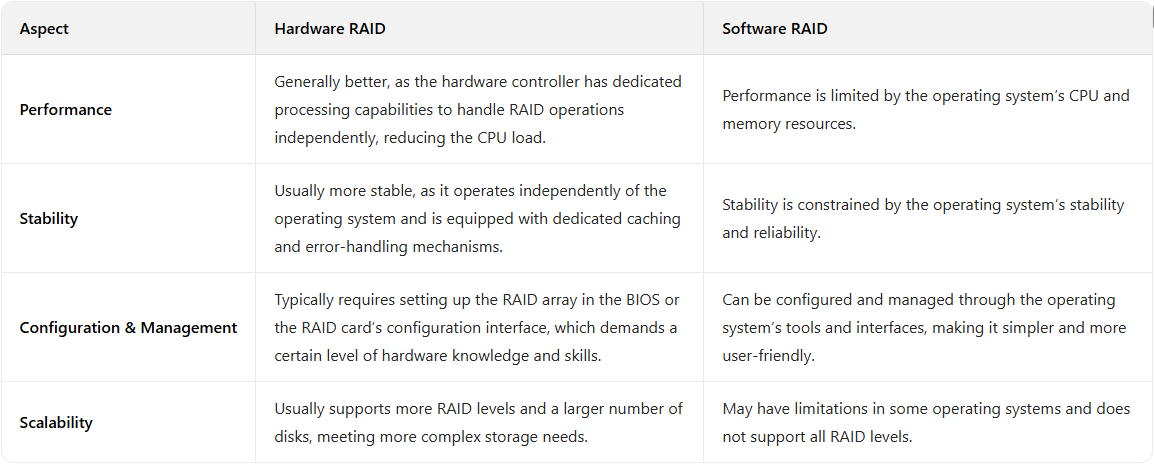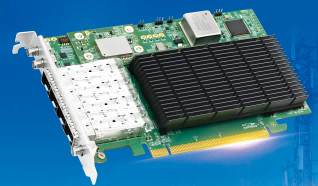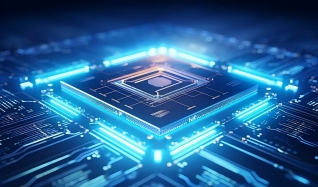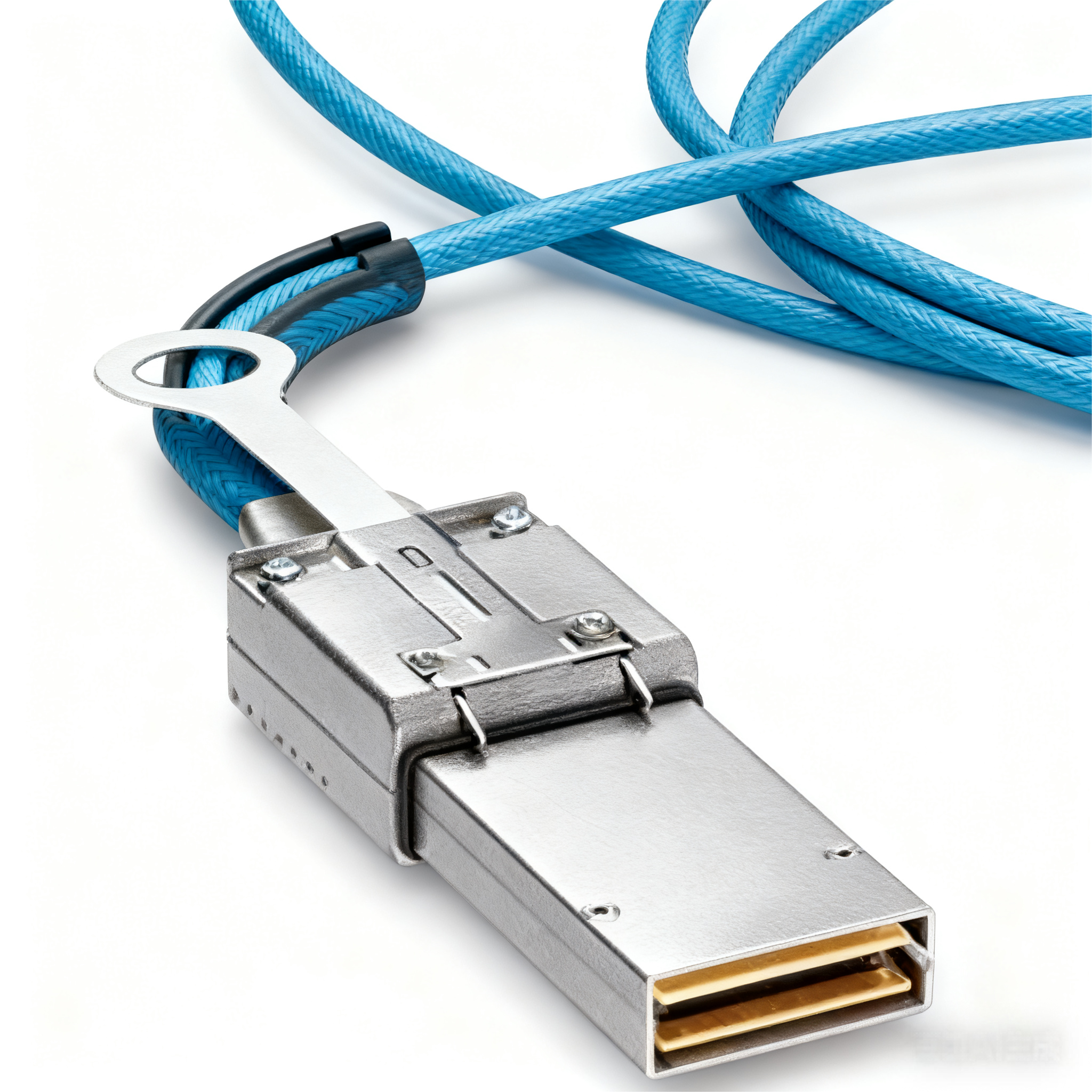RAID, whose full name is Redundant Arrays of Independent Disks, is a type of disk array technology. Its principle is to use data redundancy to combine multiple hard drives into an array, thereby improving data storage capacity and I/O performance. In simple terms, RAID enables multiple disks to work in coordination, allowing them to fully exert their performance.
RAID technology is further divided into Software RAID and Hardware RAID. Common RAID configurations include RAID 0, 1, 5, 6, 10, JBOD, and more. It is generally applicable to scenarios that have high requirements for both system performance and data redundancy, such as enterprise servers or workstations that require high reliability.
I. Software RAID and Hardware RAID
1. Definitions of Hardware RAID and Software RAID
Hardware RAID: Hardware RAID implements RAID functionality through an independent hardware controller. This hardware controller is usually a dedicated RAID card, which manages the RAID array via hardware—including tasks such as data reading/writing, disk failure detection, and data recovery.
2. Differences Between Hardware RAID and Software RAID

Improve read and write performance: By combining multiple disks into an array, a RAID card can leverage parallel processing and data distribution to enhance the read and write performance of the storage system. For example, RAID 0 distributes data blocks across multiple disks to enable parallel data reading and writing, thereby boosting read/write performance; RAID 10 combines the advantages of RAID 1 and RAID 0, providing both data redundancy and improved performance through parallel read/write operations.
Expand storage capacity: RAID cards offer flexible scalability—they can connect to and support SSDs (Solid-State Drives) and allow for the addition or replacement of disks in the storage system. This enables the expansion or upgrade of storage capacity without shutting down the server or interrupting services, ultimately forming a high-performance, large-capacity storage solution.
Provide fault tolerance: Through different RAID levels, RAID cards can achieve data fault tolerance and redundancy. For instance, RAID 1 ensures data is not lost due to hard drive failures via mirrored backups; RAID 5 and 6 provide fault tolerance through data parity to enable data recovery, significantly enhancing the fault tolerance of the RAID system.
With the development of RAID storage technology, significant breakthroughs have been made over the past few decades, providing higher reliability and performance for data storage. Future RAID storage will face greater challenges and opportunities, and new technologies and innovations will drive further advancements in RAID storage in terms of fault tolerance, performance, scalability, and cost-effectiveness. For example, emerging technologies such as Distributed RAID, hybrid storage technology, and software-defined storage will play important roles in future RAID storage.







